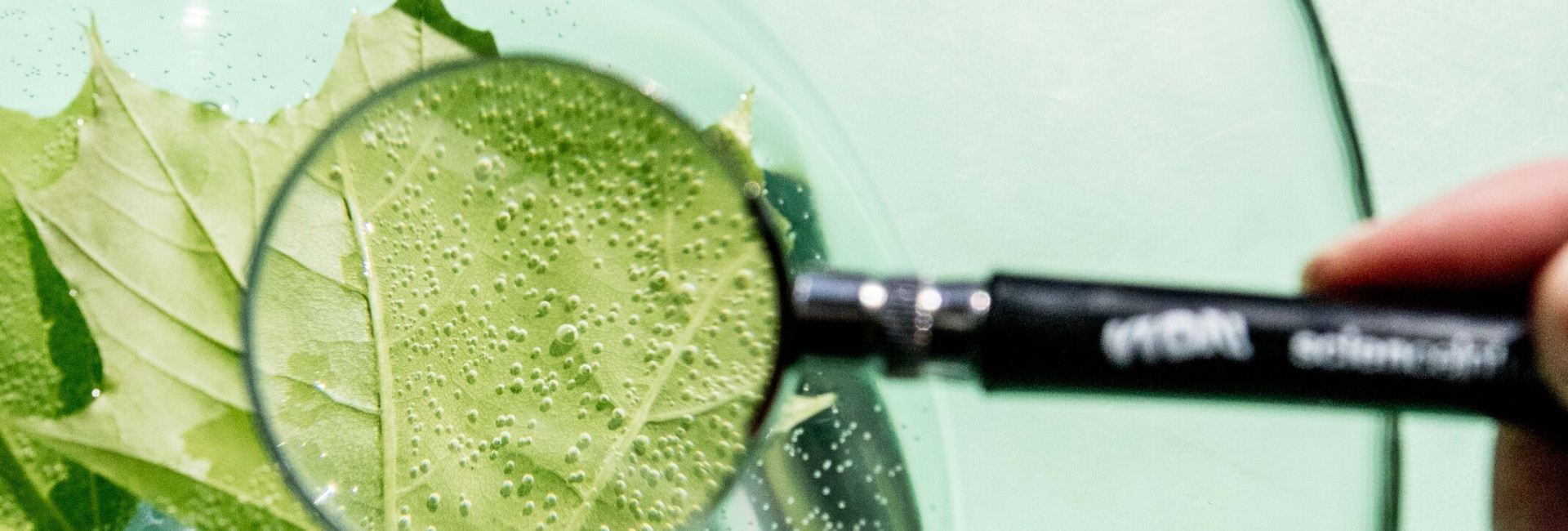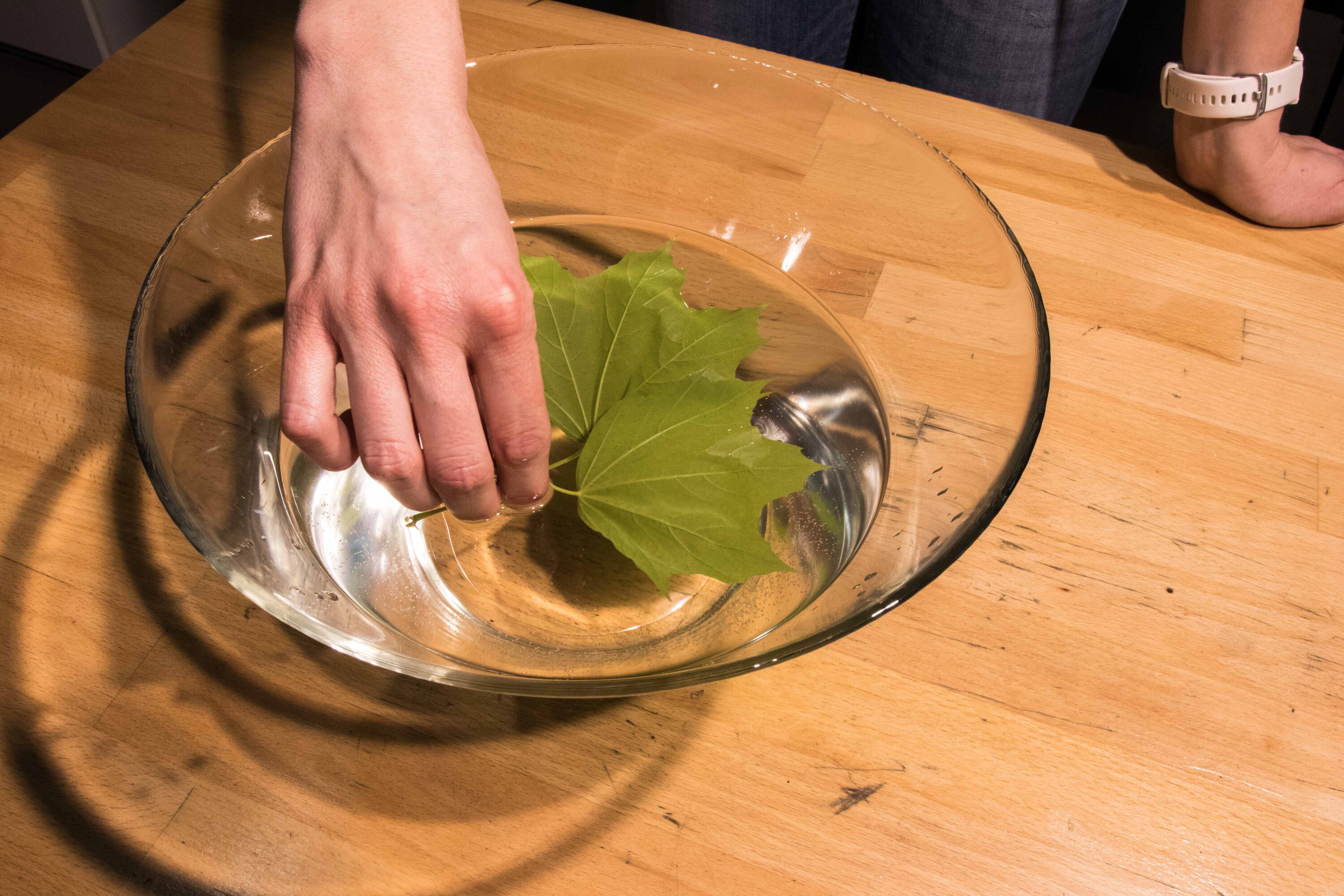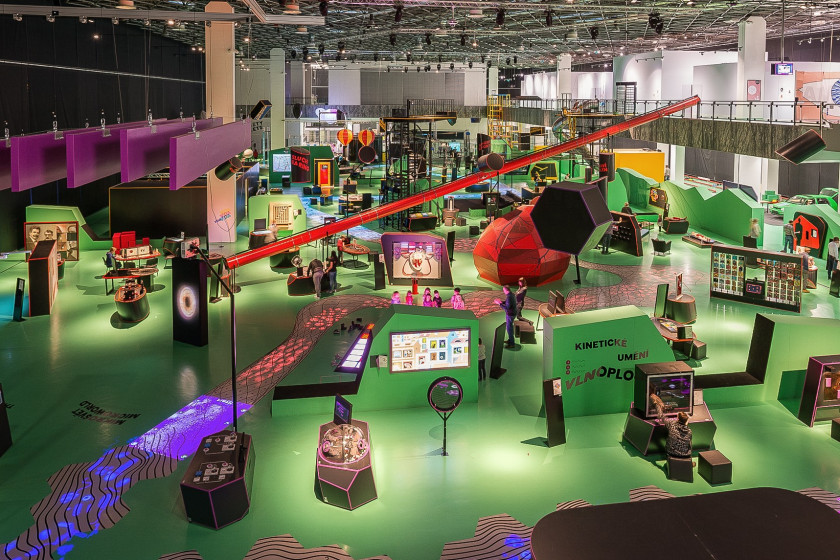
Oxygen and plants
Do you know where the oxygen in plants comes from?
In addition to water, plants need energy from the sun (i.e. light) and carbon dioxide to live. This process is called photosynthesis, and this experiment goes a little way towards explaining it.
Plants use light, such as sunlight, to produce energy-rich organic compounds (sugars). They make them from simple inorganic substances that are always available, namely carbon dioxide (CO2) and water.
Photosynthesis takes place in two stages.
- In the first, light, phase, the plants absorb light, from which they gain energy to give them enough energy for the following processes. In this phase, water is decomposed and oxygen is released.
- In the second, or dark, phase, the plants no longer need light. However, they use the energy they gained from light in the first phase.
Let's take a look at how gases are exchanged in a plant!
What you need
- a bowl (ideally glass, transparent)
- water (to fill the bowl)
- a largish green leaf (plucked from a tree, not picked up off the ground)
- a magnifying glass (not necessary)

Procedure
1. Prepare a large bowl of water and place the freshly picked leaf into it.

2. Put the bowl and the leaf in a sunny place for a few hours.

3. After waiting a few hours, look at the leaf underwater through a magnifying glass. You can see it's covered in bubbles. Can you guess what forms these bubbles?

Explanation
What you should see are small bubbles forming around the leaf and the edges of the bowl. They're easy to see with the naked eye, but with a big magnifying glass it's even better. The little bubbles you see are oxygen bubbles!
See more experiments with Mendel here.
Hlavní informace
- You can try these experiments anywhere.
-
Most of the time, all you need is what you already have at home.
-
So let’s get started—your experiments are waiting!


